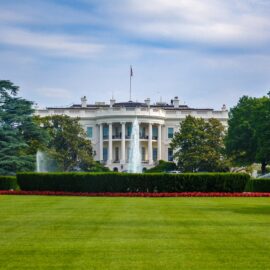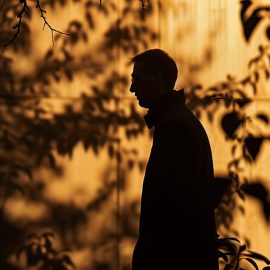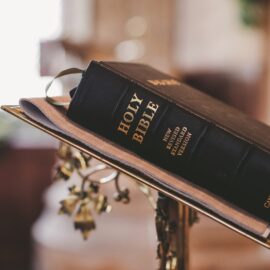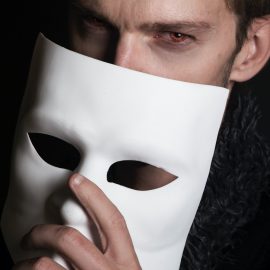

This article is an excerpt from the Shortform book guide to "Caste" by Isabel Wilkerson. Shortform has the world's best summaries and analyses of books you should be reading.
Like this article? Sign up for a free trial here .
What is the connection between caste and religion? How does the dominant caste use religious belief systems to perpetuate its supremacist ideology?
Caste and religion are deeply interconnected. More specifically, every caste system is built on and justified by religious beliefs. There is a reason for it—when a system is said to be the will of God, it becomes nearly impossible to argue the legitimacy of its claims.
Learn about the connection between caste and religion with examples of how faith has been used to support caste systems in India and America.
The Connection Between Caste and Religion
Every belief system is governed by a set of tenets. For caste systems, there are eight tenets that uphold the structure and allow for unquestionable participation by the related societies. The first of these tenets involves divine intervention, which is at the heart of both the Indian and American castes.
Caste and Religion in India
The institutions of caste and religion are at the heart of the social structure in India. According to Hindu ancient scriptures, the first man was Manu, a wise deity with all-encompassing vision. Manu described the correct social order of man to several disciples who wanted to learn how to govern society. The story was about a god who created the universe and then the world. He took the form of a man named Brahma, or “the grandfather of the worlds,” and set out to build his land.
From his mouth, he created the Brahmin; from his arms, the Kshatriya; from his thighs, the Vaishya; and from his feet, the Shudra. The part of the body from which they were created determined their status and role in society.
Because the Shudra were made from his feet, they were the lowest form of civilized man and would be servants. The Vaishya, as the strong thighs, would be the workers, such as merchants or tradesmen. The Kshatriya, from the arms, would be the brawn, or the warriors who protected society. And the Brahmin, descending from the head, would be the highest order of man and live as philosophers, priests, or sages. The Brahmin were the representation of Brahma himself; therefore, they were the law of the land, and it was by their kindness that the others could survive.
There was another class of man too shameful to be made from Brahma’s body. Members of this group were lower than feet because they were the reincarnation of all the bad karma of the past. This group was not to be looked at or touched, hence, they became the Untouchables.

———End of Preview———
Like what you just read? Read the rest of the world's best book summary and analysis of Isabel Wilkerson's "Caste" at Shortform .
Here's what you'll find in our full Caste summary :
- How a racial caste system exists in America today
- How caste systems around the world are detrimental to everyone
- How the infrastructure of the racial hierarchy can be traced back hundreds of years






